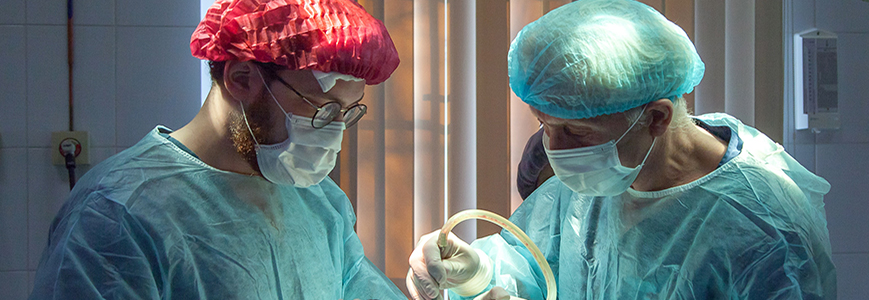Catching Cancer with Silver Nanoplates

A new set of tools to help doctors.
Cancer surgeons want to make sure they have cut out every last cell from a dangerous tumor. But they also want to leave as many of the patient’s healthy cells as possible. What if surgeons could tag all the cancer cells with a substance that scatters light in a unique way, to help them determine exactly where the boundary of cancerous tissue lies?
Scientists are searching for safer, more effective materials for this kind of medical application. One promising new tagging substance, created by NIST scientists and collaborators, is made of clusters of nanosized silver plates, each about 10,000 times thinner than a human hair. The nanoplates are designed to bind to biological structures inside the body, which allows researchers to determine their locations by recording the light that scatters off the particles in response to illumination.
The silver nanoplates can be more easily manufactured than other types of nanoparticles used for medical tagging. They also have a coating that could be modified to mark specific kinds of cells – or even specific areas within cells. Using the silver nanoplates, the NIST research team was able to obtain images of single skin cancer cells with 400% better contrast than previously possible.
Potential uses for the new medical tagging material go beyond cancer surgery. Too much of an anti-cancer medicine can hurt healthy cells as well as the diseased ones the drug is targeting. Researchers say their nanoplates could potentially be used to measure exactly how much medicine is in a particular part of a patient’s body, to help doctors make sure it is the correct amount.
Contacts
-
PML webmaster

